Post uses the message body to send the information back to the server, as opposed to Get, which uses the query string (everything after the question mark). It is possible to send both a Get query string and a Post message body in the same request, but that can get a bit confusing so is best avoided.
Generally, best practice dictates that you use Get when you want to retrieve data, and Post when you want to alter it. (These rules aren't set in stone, the specs don't forbid altering data with Get, but it's generally avoided on the grounds that you don't want people making changes just by clicking a link or typing a URL)
Conversely, you can use Post to retrieve data without changing it, but using Get means you can bookmark the page, or share the URL with other people, things you couldn't do if you'd used Post.
As for the actual format of the data sent in the message body, that's entirely up to the sender and is specified with the Content-Type header. If not specified, the default content-type for HTML forms is application/x-www-form-urlencoded, which means the server will expect the post body to be a string encoded in a similar manner to a GET query string. However this can't be depended on in all cases. RFC2616 says the following on the Content-Type header:
Any HTTP/1.1 message containing an entity-body SHOULD include a
Content-Type header field defining the media type of that body. If
and only if the media type is not given by a Content-Type field, the
recipient MAY attempt to guess the media type via inspection of its
content and/or the name extension(s) of the URI used to identify the
resource. If the media type remains unknown, the recipient SHOULD
treat it as type "application/octet-stream".

